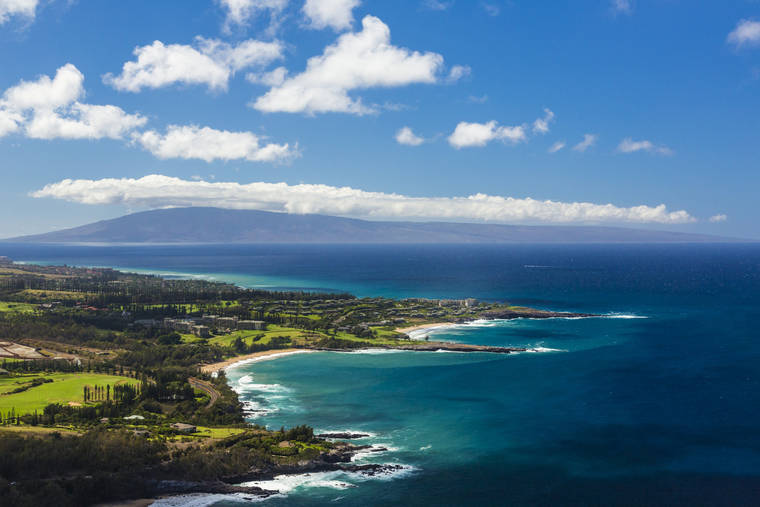WASHINGTON — Supreme Court justices, both conservative and liberal, appeared skeptical Wednesday of a Trump administration argument that the federal Clean Water Act should not apply to sewage plant wastewater that flows into the ground and eventually seeps into federally protected waters, such as rivers or oceans.
The case from Hawaii has emerged as a major test of the scope of the federal anti-pollution law, even as the Environmental Protection Agency under President Donald Trump cuts back on enforcement. If justices side with environmentalists, their ruling could extend federal regulation to water treatment plants across the country.
The law makes it illegal to discharge pollutants from “any point source” that flows into protected waters, but a lawyer for the Justice Department and the County of Maui in Hawaii argued the law does not cover pollution that flows from a treatment plant through the ground and into the ocean.
The case arose when environmentalists sued a sewage plant in Maui, alleging it was discharging more than 3 million gallons of treated wastewater into the ground each day, and that some of it was flowing underground from there into the Pacific Ocean.
They won before a federal judge and the 9th Circuit Court of Appeals in San Francisco, which held that the pollution was subject to federal control because it was the “functional equivalent of a discharge into the navigable water.”
Deputy Solicitor General Malcolm Stewart said the EPA disagreed with that view. “Groundwater will break the causal chain,” he said.
“Any groundwater?” asked a skeptical Chief Justice John G. Roberts Jr.
Justices Elena Kagan and Stephen G. Breyer said that if that view were adopted, it would allow polluters to run pipes that stop 25 feet short of a river or bay. It would give “an absolute road map” for how to break the law while spewing pollution, Breyer said.
But the justices also struggled over how to prevent the stricter permitting rules required under the Clean Water Act from applying to ordinary home owners with a leaky septic tank.
The Supreme Court had agreed earlier this year to hear the appeal from the County of Maui, which had the backing of the Association of California Water Agencies. Their lawyers called the 9th Circuit’s ruling a “radical expansion” of federal authority.
The EPA had supported the suit brought by environmentalists when it was in the lower courts. But the Trump administration switched sides and urged the court to rule for the county.
The Clean Water Act calls for preventing discharge of pollutants into the “navigable waters of the United States.” Water agencies say the law refers only to polluted water flowing directly into streams, rivers and bays, not groundwater.
For more than a decade, the justices have been split over how far the federal government can go to regulate water inside the United States, whether it be wetlands, or, as in this case, groundwater. The court’s conservatives have argued the federal government can regulate only polluted water that flows directly into a river, bay or the ocean. The law forbids discharges of pollutants into “the waters of the United States.”
But environmentalists as well as the court’s liberal justices have said this authority can extend farther inland to prevent pollution that will eventually flow into rivers and bays.
A ruling in the case, County of Maui v. Hawaii Wildlife Fund, is expected next year.



